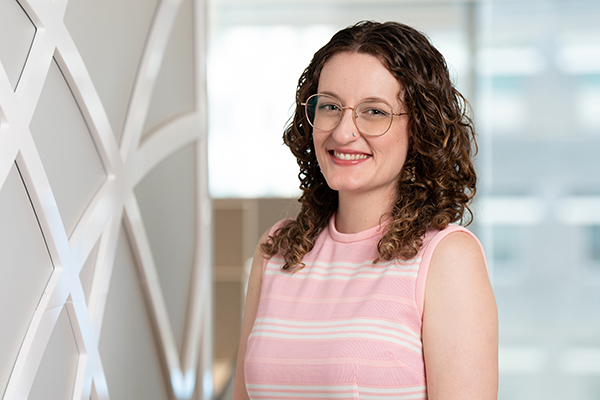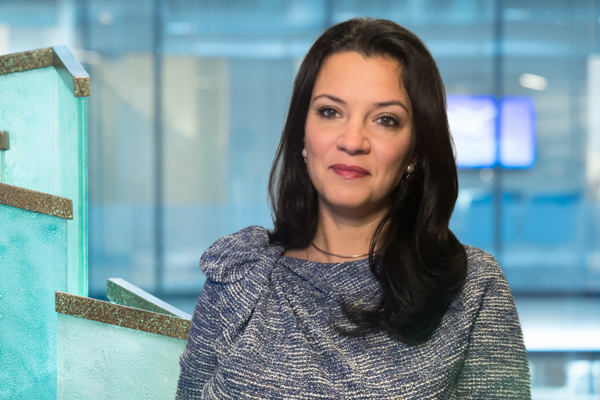ESRD Patient Spending Differences Between Puerto Rico and the 50 States
Summary
Avalere analysis finds End Stage Renal Disease (ESRD) spending in Puerto Rico varies substantially, and most spending is related to outpatient dialysis and inpatient services.Currently, most beneficiaries with ESRD receive coverage through Medicare fee-for-service (FFS). Under The 21st Century Cures legislation, all ESRD beneficiaries will be able to enroll in Medicare Advantage (MA) starting in 2021. In anticipation of the upcoming open enrollment period, a better understanding of the spending and utilization patterns of patients in FFS with ESRD may better prepare stakeholders for the transition in 2021.
Medicare FFS ESRD Spending in Puerto Rico
Avalere identified ESRD patients living in Puerto Rico who were enrolled in Medicare FFS in 2018. Puerto Rico has a relatively small proportion of beneficiaries enrolled in FFS. In 2018, only 29% of Medicare beneficiaries in Puerto Rico were enrolled in FFS. The remainder were enrolled in MA. In contrast, approximately 66% of all Medicare beneficiaries were enrolled in FFS in 2018. Avalere’s analysis found that, in 2018, 2,506 beneficiaries with ESRD enrolled in FFS were living in Puerto Rico. Total FFS spending on this population was just over $106 million in 2018, which amounted to $4,061 per member per month (PMPM; the PMPM was calculated by including spending only in the months in which a patient was receiving dialysis).
Puerto Rico ESRD Spending Compared to the 50 States
The national average of per-beneficiary FFS spending on ESRD patients was substantially higher than the per-beneficiary spending in Puerto Rico. Specifically, the national average was 63% higher than FFS ESRD spending in Puerto Rico. Per beneficiary ESRD spending in Florida and New York was also higher by 66% and 97%, respectively.

Distribution of ESRD Spending in Puerto Rico
Avalere also analyzed variations in FFS spending of ESRD patients. The PMPM spending for ESRD patients in the 90th percentile was nearly 2.75 times higher than the median and over 6 times greater in the 99th percentile compared to median spending.

In addition, Avalere analyzed the distribution of services provided to ESRD patients enrolled in FFS. Outpatient dialysis represented the largest proportion of spending at nearly 39% of FFS spending on ESRD patients. Of the total dialysis spending, 9.8% was for dialysis services conducted in a patient’s home, which was lower than the national amount where 11.4% of the total dialysis spending was related to home dialysis.

Methodology
To conduct this analysis, Avalere used 100% Medicare Part A and Part B FFS claims data under a research data use agreement with the Center for Medicare & Medicaid Services. First, Avalere identified enrollees in Puerto Rico who have ESRD as their Medicare status code in a month—which indicates their current qualification status in Medicare—and who are enrolled in Medicare Part A and Part B in that month. Then, Avalere analyzed costs from all of their Medicare FFS claims. Specifically, Avalere captured their spending from each claim type–inpatient, outpatient, skilled nursing facility, home health, durable medical equipment, and carrier, which captures physician office settings. Avalere further segmented these costs by various categories of services availed by these beneficiaries. Avalere excluded beneficiaries who received a kidney transplant prior to 2018 and excluded post-transplant spending for beneficiaries who received a kidney transplant in 2018.
To receive Avalere updates, connect with us.







